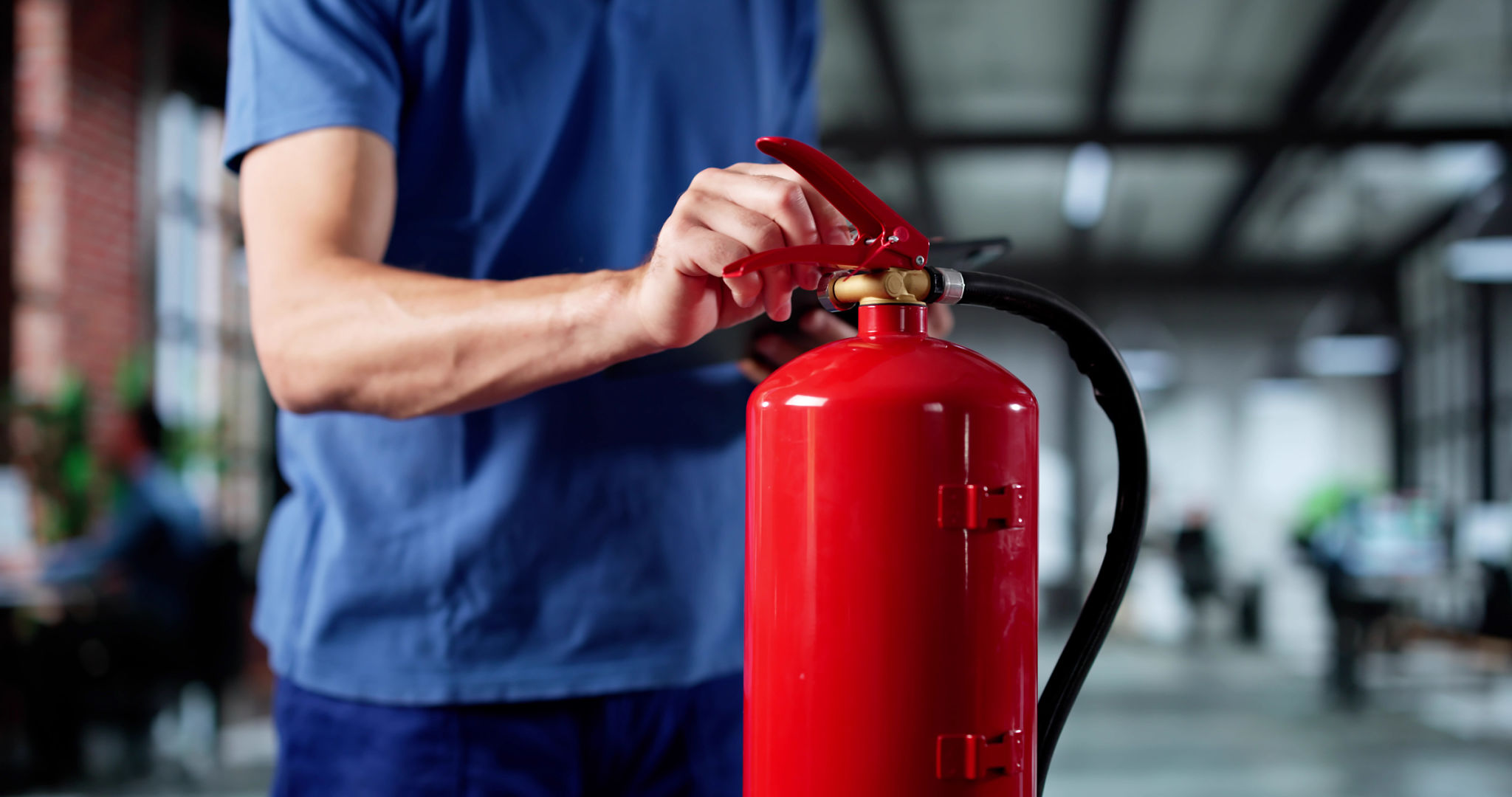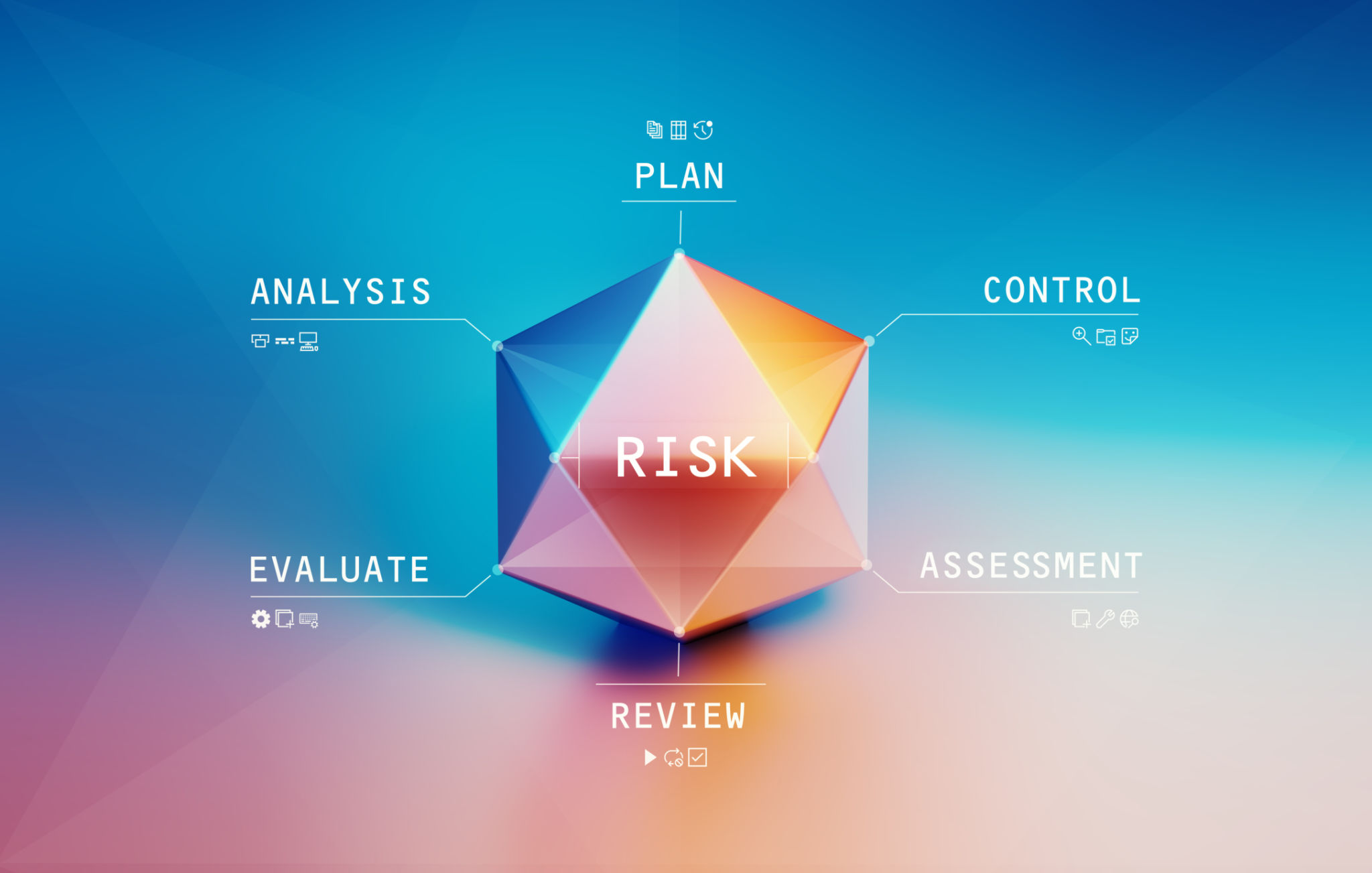Seasonal Event Safety: Preparing for Medical Emergencies
Understanding the Importance of Event Safety
Seasonal events are a wonderful way to bring communities together, celebrate traditions, and create lasting memories. However, with large gatherings come potential risks, particularly when it comes to medical emergencies. Being prepared for unexpected situations can make all the difference in ensuring the safety and well-being of attendees.
Planning for safety is not just a concern for organizers but also for participants. Whether you're hosting a summer festival, a winter market, or a spring fair, having a robust safety plan in place is crucial. This involves understanding potential health risks, creating response strategies, and ensuring that all staff and volunteers are well-informed.

Identifying Potential Risks
Every event has its own set of unique challenges and potential hazards. Identifying these risks is the first step in creating a comprehensive safety plan. Consider factors such as the location, expected attendance, weather conditions, and the type of activities being offered. Common risks might include heat exhaustion, slips and falls, allergic reactions, and more.
Engage with local emergency services to gain insights into potential risks specific to your event and location. This collaboration can provide valuable information and resources, helping you design a more effective emergency response plan.

Creating an Emergency Response Plan
An effective emergency response plan should clearly outline the steps to take in the event of a medical emergency. This includes designating specific roles to staff members, establishing communication protocols, and identifying the nearest medical facilities. Quick response times are crucial during emergencies, making it essential to have clear directions and responsibilities laid out.
Ensure that your team is trained in basic first aid and CPR. Consider organizing a training session with a certified professional to equip your staff with the necessary skills and knowledge. Having first aid kits readily available at strategic locations is also vital.

Communication is Key
During an event, clear and effective communication can prevent panic and ensure that emergencies are handled efficiently. Establish a central communication hub where staff can report incidents and receive instructions. Equip staff with radios or mobile devices to maintain constant communication throughout the event.
Inform attendees about the safety measures in place and how they can contribute to a secure environment. Providing information on the location of first aid stations, emergency exits, and contact numbers can empower attendees to act swiftly if needed.
Post-Event Evaluation
After the event, conduct a thorough evaluation of the safety measures implemented. Gather feedback from staff, volunteers, and attendees to identify what worked well and areas for improvement. Continuous improvement is key to enhancing safety protocols for future events.
Document any incidents and assess the effectiveness of the emergency response. Use this information to refine your plans, ensuring that each event is safer than the last. Keeping safety a priority not only protects attendees but also enhances your event's reputation.

